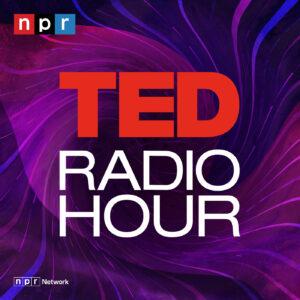
In this episode of the TED Radio Hour, titled “Leaving A Mark,” we explore the stories and ideas about leaving a lasting impact on the world. From ancient cave art to preserving cultural knowledge for future generations, the episode delves into the significance of our history, the importance of representation, and the power of art and language.
Paleo anthropologist Genevieve von Petzinger’s discovery of 30,000-year-old negative handprints in a cave raises intriguing questions about their purpose and significance. These ancient markings, along with abstract symbols found in other ancient paintings, suggest that early humans had a form of graphic communication predating written languages. The intentional repetition of specific geometric signs across Europe indicates a long tradition of communication through symbols. Dots, as one of the oldest symbols, held various meanings, including path markers, hunting scenes, and possibly representing constellations or stars. The existence of art attributed to Neanderthals challenges our understanding of what separates us from our ancient relatives.
The National Museum of African American History and Culture strives to tell American history from an African American perspective, showcasing both inspiring stories and artifacts from America’s painful past. By representing diverse experiences and everyday realities, museums have the power to change how people perceive women and which women they see. The inclusion of Breonna Taylor’s portrait in the museum’s collection serves as a reminder of the ongoing need for racial justice and equality. Museums play a crucial role in preserving cultural knowledge, connecting individuals to their roots, and bridging the gap between personal stories and collective history.
Record diggers, such as music curator Alexis Chappante, preserve and share rare and overlooked records from around the world, passing along cultural knowledge and saving art from oblivion. The fragility of digital formats highlights the importance of physical preservation, as digital data and internet data are more vulnerable than we realize. The Future Library project, with its century-long endeavor to grow a forest and create books written by different authors each year, symbolizes the connection between human life and cosmic time. Preserving language, cultural knowledge, and the connection between books and trees becomes crucial for future generations, emphasizing the significance of leaving a mark and making a lasting impact beyond our lifetimes.
The “Leaving A Mark” episode of the TED Radio Hour explores the significance of our history, the power of representation, and the importance of preserving cultural knowledge for future generations. From ancient cave art to museums and ongoing projects like the Future Library, the episode reminds us of the need to make a lasting impact and leave a mark that goes beyond our own lifetimes. By understanding our past, representing diverse experiences, and preserving cultural knowledge, we can shape a more inclusive and connected future.